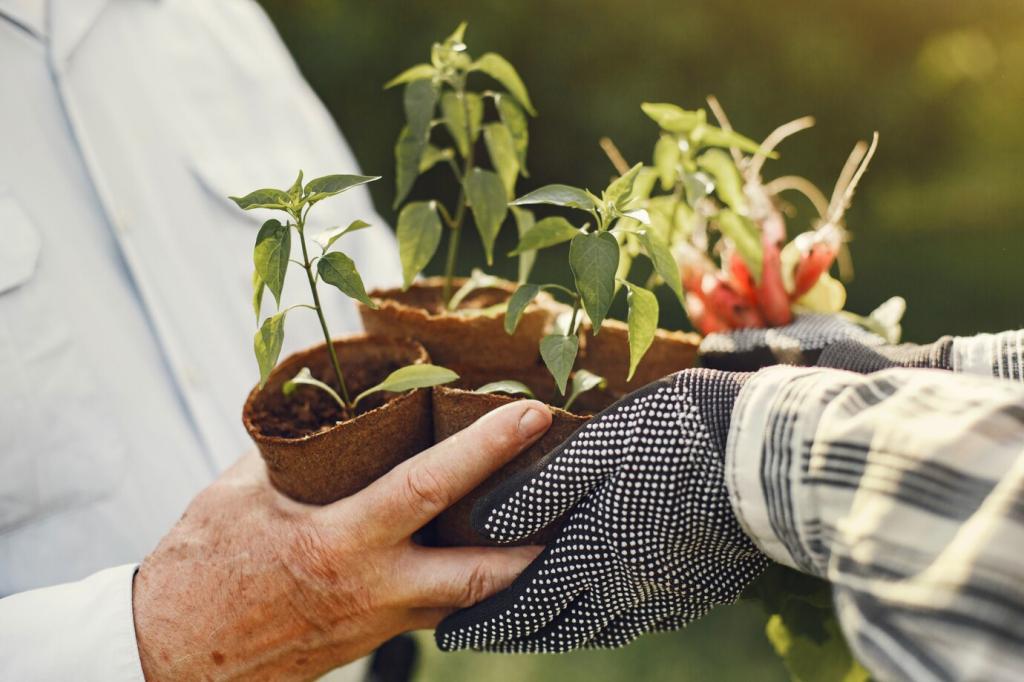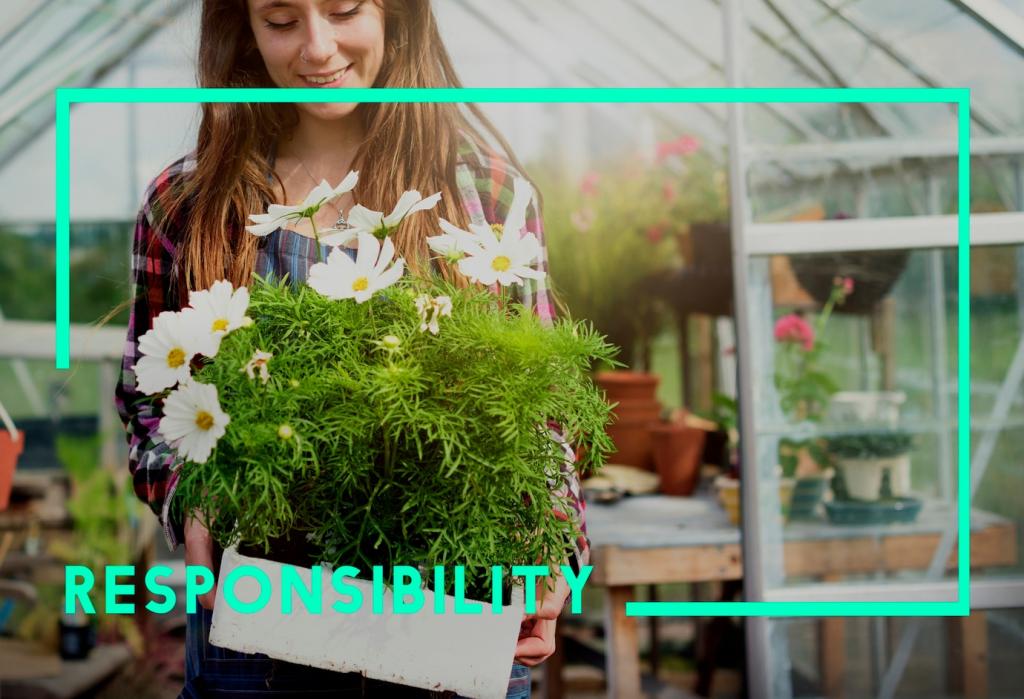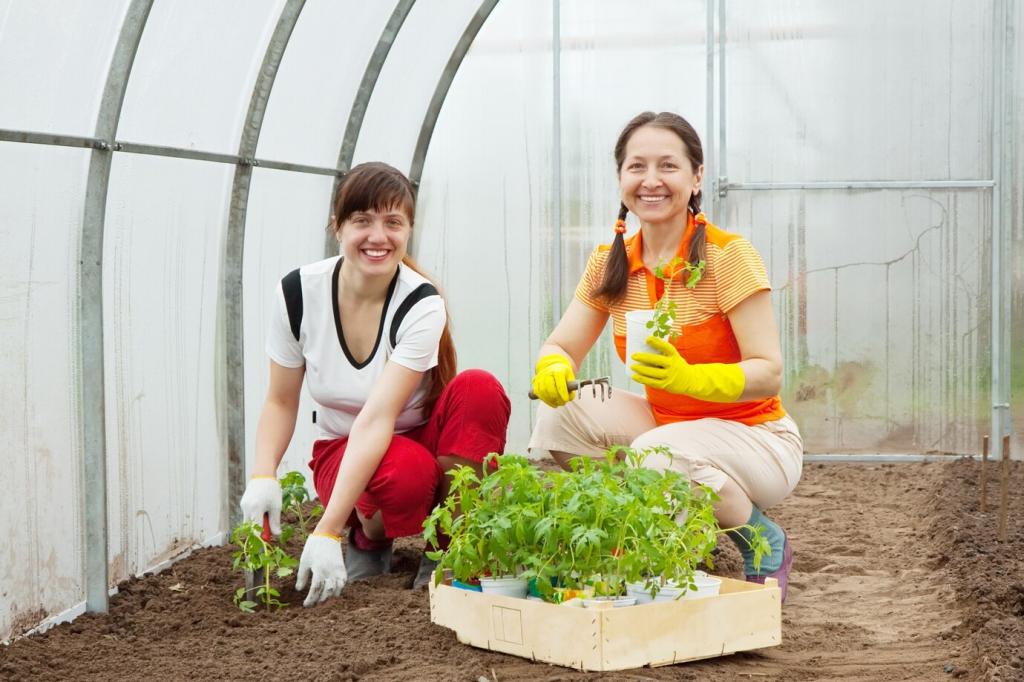
Native Plant Selection for Sustainable Yards
Creating a sustainable yard begins with thoughtful plant selection, and there is no better starting point than choosing native species. Native plants are those that have evolved in local environments over thousands of years, adapting to the specific climate, soil, and wildlife of the region. By incorporating native plants into your landscape, you foster biodiversity, reduce maintenance needs, and minimize the ecological footprint of your yard. This page will guide you through the benefits, considerations, and practical steps for transitioning to a more sustainable, vibrant outdoor space with native plants.
Native plants are integral components of local ecosystems. Over countless generations, they have developed relationships with indigenous insects, birds, and other wildlife. This interdependency means that native plants provide essential food and shelter for pollinators and other creatures whose survival depends on local flora. By choosing native species, homeowners help preserve these delicate ecosystems, promote biodiversity, and create a yard that becomes a mini sanctuary for wildlife, fostering a resilient and balanced natural environment.
Understanding Native Plants and Sustainability
Choosing the Right Native Species for Your Yard
Successful native landscapes depend on matching plant species to the unique conditions of your yard. Assess factors like sunlight patterns, soil type, moisture levels, and microclimates before making your selections. For instance, some natives thrive in shady woodlands while others prefer open, sunny meadows. Understanding these requirements helps ensure that your plants will establish quickly and develop resilience to pests and diseases without excessive care.

Planting and Maintaining Your Native Yard

Preparing your yard for native plants is a critical phase that can determine the long-term health of your landscape. Begin by removing invasive weeds and non-native competitors, test and amend your soil as necessary, and lay out planting areas to maximize natural grouping and diversity. Install plants during optimal seasons, typically in the fall or early spring, to take advantage of natural rainfall and favorable growing conditions. Thoughtful installation ensures your native plants become quickly established and adapt smoothly to their new home.
